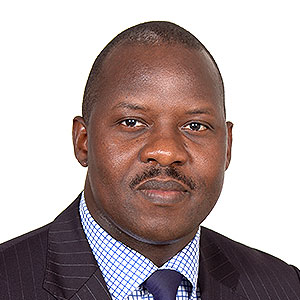Leave No One Behind: Urban Equity & Poverty Eradication
Question 1: What is your notion of ‘The Right to the City’? What populations in your own city would benefit most from The Right to the City and what resulting services or goods would they then have access to?
Please share your ideas and/or examples below.






 curr’ – MonoGraph avk VER’ 1 Nov’14.pdf
curr’ – MonoGraph avk VER’ 1 Nov’14.pdf
We agree with much of what has been said here, specifically the idea of access. While much of the discussion is aimed at policy/decision-making access, we’d like to turn the question around and think about physical access as well – the right to access all parts of the city, be they geographical or not. We are coming from the transport sector, hence the reason for taking this perspective, representing the voice of cyclists’ and to a greater extent active mobility (cycling and walking) as a means of transportation within our cities.
From this perspective, we see the “right to the city” in a frame of mobility – meaning a freedom of movement. As a citizen of your city, you should be free and have the right to move about your city in a safe, affordable, sustainable and accessible way. No part of the city should be inaccessible. We feel that transport is missing from a lot of the key discussions – the best and most inclusive housing and well-managed services can be offered, but if there is no way for people to access (physically) those parts of the city, then a big part of the solution is missing. In this sense, a city for all is one that has equitable space allocation. From our viewpoint, this means adequate road/space allocation for active mobility. We bring this up here because rather than just staying to the confines of “transport and urban services” (for example in Policy Unit 9 / Issue Paper 19) we believe that cycling provides a solution to many cross-cutting issues outside the scope of transport as it is usually defined.
Populations that would most benefit from investment and promotion of active mobility are: everyone! Increased cycling and walking reduces air pollution, noise pollution, traffic congestion, traffic accidents and road-related deaths. It provides daily exercise and makes people healthier and… happier! Cycling is an accessible, cheap and inclusive mode of transportation. We see in many cities the price of public transport representing a high percentage of the income of a family or individual making it inaccessible to many – or instances when public transport does not service certain areas of a city. The bicycle is therefore a very strong tool of social integration and accessibility to the city. A study done by the European Commission showed that the bicycle is the fastest transport mode in the city for distances of up to 5km. This means that people can study, work and seize the opportunities and benefits offered by the city thanks to an affordable and clean transportation mode. Initiatives to create intermodality between cycling and public transport are clear examples of how citizens can ensure their right to the city.
With this answer we seek to inspire discussion on the interconnectedness of mobility and transport with all aspects of the New Urban Agenda – including the “right to the city”. If you’re interested in more ways cycling is a solution to our current urban challenges, please read our “Cycling Delivers on the Global Goals” brochure, available at ecf.com/global-goals
Thank you for reading!
World Cycling Alliance / European Cyclists’ Federation
wca@ecf.com